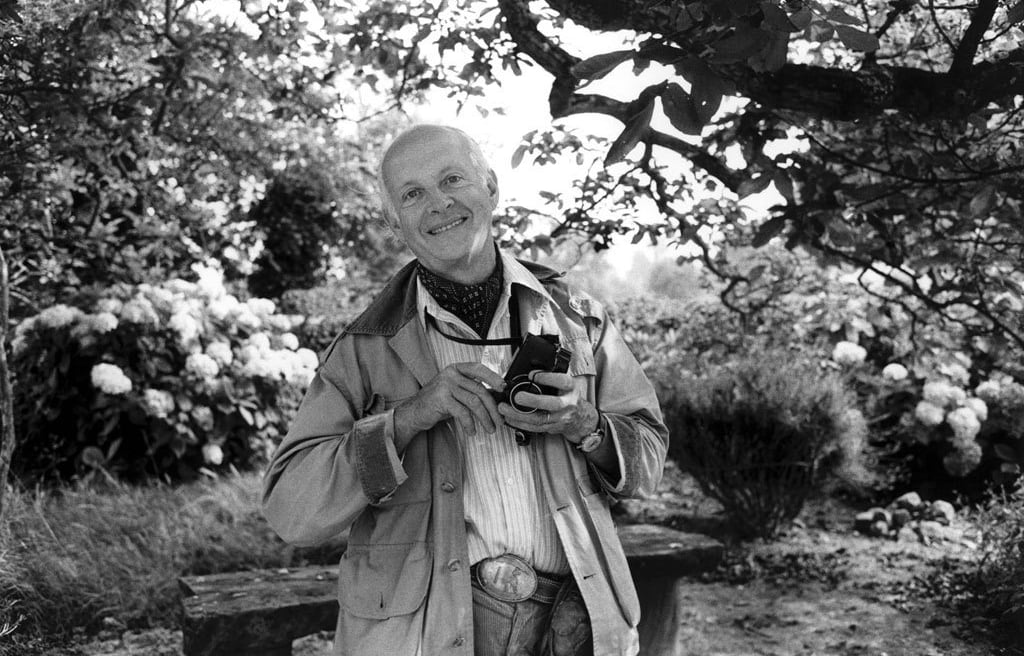Auto White Balance
Its Role in Colour and Black & White Photography, with a Detour to Grey Card Avenue
PHOTOGRAPHY PERSPECTIVES


Alright, friends. So, you're interested in this auto white balance business, eh? Well, pull up a chair and let's have a natter.
So, let's start with the basics. White balance is essentially all about the colour temperature of a photograph. It's the process of ensuring the colours you're seeing with your own peepers are accurately reproduced in your photo, regardless of the type of light you're in. You might've noticed how different light sources can affect the colour of things - like how a white shirt can look a bit blue in the shade, or a bit yellow under an old-school tungsten bulb.
Now, auto white balance, or AWB as the cool kids call it, is a setting on most cameras that attempts to suss this out for you. When you use AWB, your camera will have a gander at the scene and automatically adjust the white balance to make the colours appear as natural as possible. It's a real good mate for beginners or in situations where you need to shoot quick smart.
And this isn't just for your colourful shots. Auto white balance is just as crucial for black and white photography. You might think it's all about greys, but white balance can significantly impact the tones and mood of your monochrome snaps too. Adjusting the white balance can lead to richer blacks, brighter whites, and a whole range of greys in between, helping to make your B&W shots really stand out.
But let's be honest, auto white balance isn't perfect. It's good for a quick fix, but sometimes it can get things a bit skew-whiff. That's where a grey card comes in. You see, a grey card is a flat object of a neutral grey colour, and it doesn't reflect or absorb light. This little beauty is perfect for setting a custom white balance. When you've got a bit of time on your hands, you can take a photo of the grey card under the same light as your subject, and then use this to set a custom white balance, ensuring your colours are spot on.
Now, how does all this fit in with street photography? Well, street photography is all about capturing life on the fly, isn't it? You're out there in the elements, with all sorts of lighting conditions. Auto white balance is a blinding tool to have in this scenario. You're not likely to have time to mess about with a grey card when you're trying to capture that split-second moment on the high street.
But let's say you're shooting a particular scene - a busker, for example - and the light's just not changing. This might be a good time to whip out the grey card, get a more accurate white balance, and make sure the colours of the scene are just as you see them. It's a bit more of a faff, sure, but the results can be well worth it.
So there you have it, friends. That's your whistle-stop tour of auto white balance and its relevance to both colour and black and white photography, with a bit of a detour through grey card territory. Now, get out there and get snapping!




